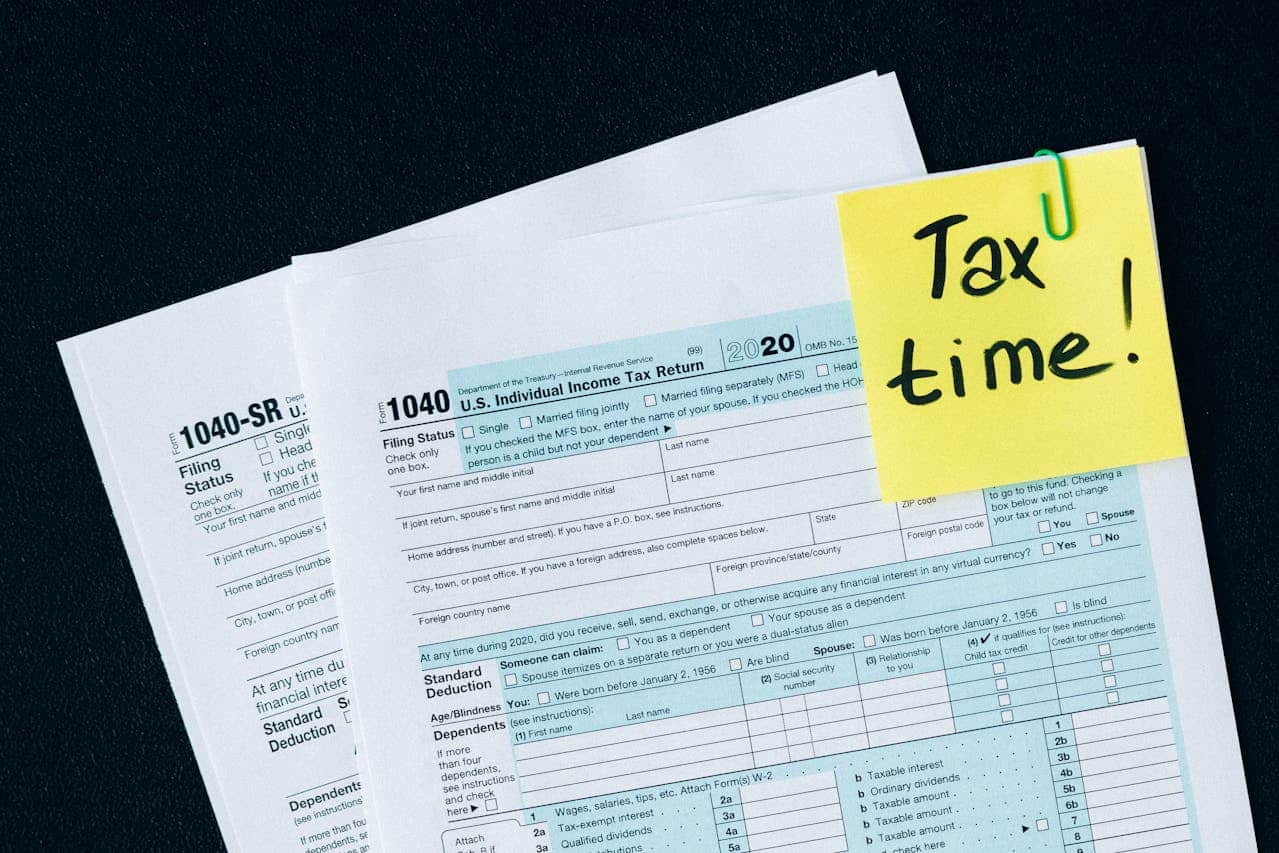Tax season comes around every year, but many people find themselves rushing to gather documents at the last minute. Filing taxes can feel overwhelming, especially with the different forms, deductions, and credits available. A simple mistake could delay your refund or even lead to penalties. However, with the right approach, tax preparation can be a smooth process.
Being organized and understanding the steps involved can make tax filing much easier. The process begins well before the deadline, and good preparation can help you maximize your refund or minimize the amount you owe. In this blog, we will share key steps to take when preparing your taxes, helping you stay on top of your financial responsibilities.
Gather Important Tax Documents
The first step in preparing your taxes is collecting all the necessary documents. You will need your W-2 form if you are employed, which shows your earnings and the taxes withheld. If you are self-employed, you should have your 1099 forms and records of income. Other important documents include mortgage interest statements, investment earnings, and records of deductible expenses. Keeping these papers organized will make the filing process easier.
You should also check for any additional documents that apply to your financial situation. If you paid student loan interest, received unemployment benefits, or contributed to retirement accounts, you will need to report this information.
Review Your Health Coverage Forms
Health insurance plays a role in your tax filing, and certain forms may be required. If you had coverage through your employer, a government program, or the marketplace, you might receive a 1095 form. This form provides proof of health insurance coverage and is important for your records. Some people may need to use this information when filing their taxes, especially if they received a subsidy for their insurance.
So, what is a 1095 form? This form reports whether you had health insurance for the year. There are three types: 1095-A for marketplace plans, 1095-B for Medicaid and other insurance providers, and 1095-C for employer-sponsored coverage. While you do not always need to submit it with your tax return, keeping it on file is useful if questions arise. Checking your mail and digital accounts for this form can help you avoid missing any necessary details.
Decide How You Will File
Once you have gathered your documents, you need to decide how to file your taxes. Some people prefer doing it themselves using online tax software, while others choose to hire a professional. Tax software programs guide users through the filing process and help with deductions and credits. They are a good option for those with straightforward tax situations.
If your finances are more complex, working with a tax professional can be helpful. This is especially true for business owners, freelancers, or people with multiple income sources. Tax preparers can offer personalized advice and make sure all deductions are applied correctly. If you choose this route, schedule an appointment early to avoid last-minute stress.
Understand Available Deductions and Credits
Tax deductions and credits can lower the amount you owe or increase your refund. A deduction reduces your taxable income, while a credit directly reduces the taxes you pay. For example, in Canada, businesses engaged in research and development activities may be eligible for the SR&ED tax credit, which provides incentives for innovation and technological advancement. Common deductions include student loan interest, mortgage interest, and contributions to retirement accounts. People who work from home may also qualify for a home office deduction.
Credits provide direct tax savings. The Earned Income Tax Credit (EITC) helps low-to-moderate-income workers, while the Child Tax Credit benefits parents. There are also credits for education expenses and energy-efficient home improvements. Understanding which deductions and credits apply to you can make a big difference in your tax outcome.
Double-Check Your Personal Information
Errors in your personal information can cause problems with your tax return. Make sure your name, Social Security number, and bank details are correct. If you recently got married or changed your name, use the name that matches Social Security records. Incorrect information can delay your refund or cause your return to be rejected.
Bank account details are especially important if you choose direct deposit for your refund. A simple mistake in entering your account number could cause the IRS to send your refund to the wrong place. Reviewing your information carefully before submitting your return helps avoid unnecessary delays.
Decide on Standard or Itemized Deductions
The IRS allows taxpayers to take either the standard deduction or itemize their deductions. The standard deduction is a set amount based on your filing status. It simplifies the filing process and works well for those with fewer deductible expenses. The amount changes each year, so checking the latest figures is important.
Itemizing deductions is beneficial for those with significant expenses such as mortgage interest, medical bills, or charitable donations. This method requires keeping detailed records but can lead to greater tax savings. Comparing both options helps determine which method gives you the best financial advantage.
File Before the Deadline and Keep Records
The tax filing deadline is usually April 15, but it can change if it falls on a weekend or holiday. Filing early reduces stress and allows more time to fix any mistakes. It also helps prevent tax identity theft, where someone fraudulently files a return using your information. If you owe taxes, filing early gives you time to plan your payment.
After filing, keep copies of your tax return and supporting documents for at least three years. The IRS may request these records if there is an audit or a need for verification. Having a well-organized system for storing past returns can be helpful in case you need to reference them in the future.
In conclusion, preparing your taxes does not have to be stressful if you take the right steps. Staying organized, understanding deductions, and double-checking details can help make the process smooth. Whether you file on your own or use a professional, careful preparation can save time and money. Tax filing is an important responsibility, and getting it right benefits you in the long run. By starting early and following these steps, you can approach tax season with confidence. Keeping good records and learning from each year’s experience can also make future filings easier.



Leave a Reply